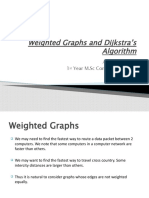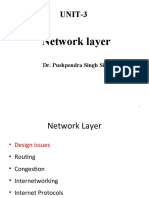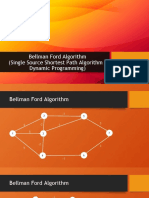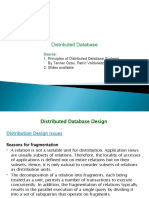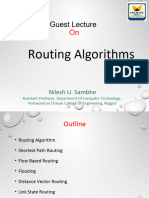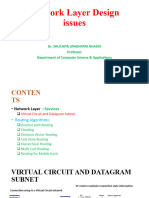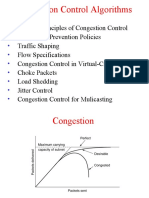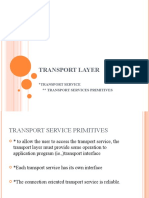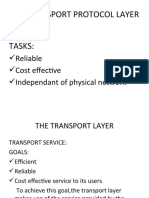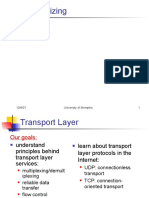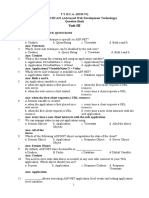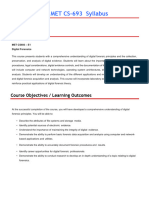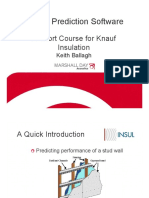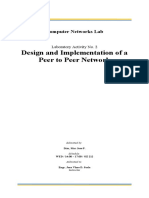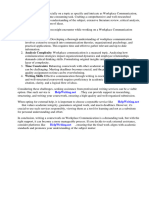0% found this document useful (0 votes)
128 views36 pages2 RoutingAlgorithms
Routing algorithms are software that decides which network path to send incoming data packets through. There are several types of routing algorithms, including shortest path routing which selects the path with the fewest hops, distance vector routing which uses routing tables to track estimated distances to destinations, and link state routing where each router floods the network with link state advertisements to build a global view of the network topology. Key considerations for routing algorithms include correctness, simplicity, robustness, fairness, and optimality.
Uploaded by
Rajaram PandianCopyright
© Attribution Non-Commercial (BY-NC)
We take content rights seriously. If you suspect this is your content, claim it here.
Available Formats
Download as PPT, PDF, TXT or read online on Scribd
0% found this document useful (0 votes)
128 views36 pages2 RoutingAlgorithms
Routing algorithms are software that decides which network path to send incoming data packets through. There are several types of routing algorithms, including shortest path routing which selects the path with the fewest hops, distance vector routing which uses routing tables to track estimated distances to destinations, and link state routing where each router floods the network with link state advertisements to build a global view of the network topology. Key considerations for routing algorithms include correctness, simplicity, robustness, fairness, and optimality.
Uploaded by
Rajaram PandianCopyright
© Attribution Non-Commercial (BY-NC)
We take content rights seriously. If you suspect this is your content, claim it here.
Available Formats
Download as PPT, PDF, TXT or read online on Scribd
/ 36







